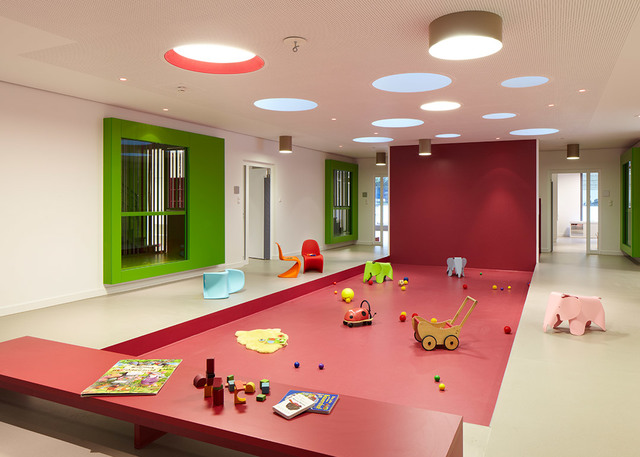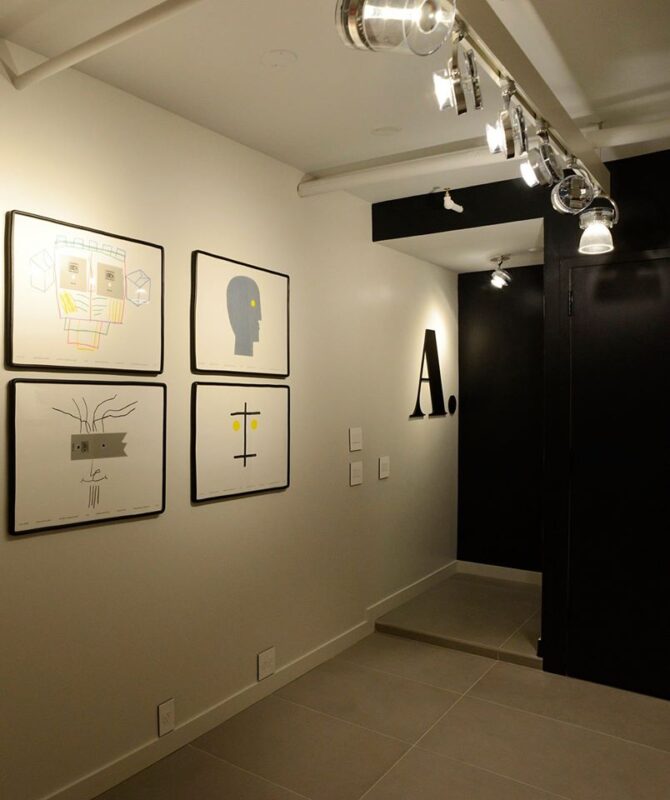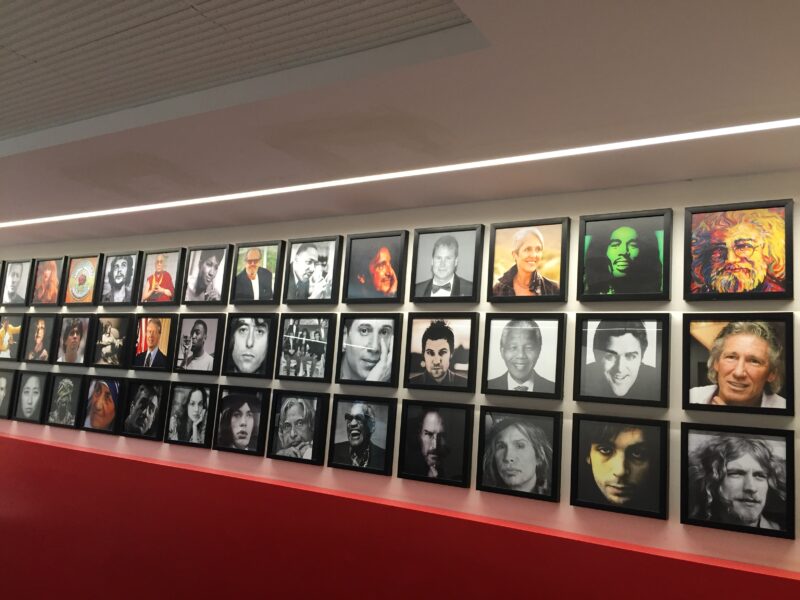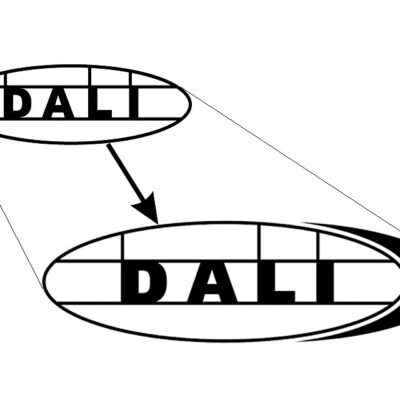Lighting is a very crucial factor in changing the ambience and mood of a room. A well-lit room can turn a dull room into a magazine-worthy space. Also, we agree with Professor of architecture Edward P. Bartholomew when he intimated “Light should not interpret architecture; it must transform it”.
This guide will give you insights on a variety of different lighting types to help you make a better choice for your home interiors.
A. Direct Lighting

The defining characteristic of Direct lighting is that it is mounted to provide uniform lighting. It is when the lighting arrangement is casting light downwards, directly on a specific surface without losing luminosity of the light. Direct lighting is for Residences, offices, kitchen worktops, work areas etc.
Direct illumination can become visually tiring and a source of glare, hence, it is suggested that it should not be positioned on surfaces that glare or reflect, such as mirrors or glass.
B. Indirect Lighting

The fixture directs light to bounce off the surfaces and reflect the light spread back into the room. This type of lighting creates a soft glow effect by diffusing light evenly.
Indirect lighting is perfect for both residential and commercial projects to create a pleasant ambience.
C. Diffused Lighting

The light source diffuses the direct light to create a wider spread of light by introducing artificial means or diffusion materials like acrylic, silk, etc.
This action tends to reduce harsh shadows and produce soft lighting, which uniformly illuminates the entire space.
D. Accent Lighting

In this lighting system, the focused beam of light is directed to highlight a specific area of interest or to draw attention at the cherished feature in a particular space. Light sources are placed in a way that people do not notice the light itself; their attention is subtly drawn towards the highlighted object.
This type of lighting is mainly used in professional and residential environments to bring attention to art, sculpture, tabletops and paintings.
E. Wall Washing

A series of luminaires are placed at regular intervals or a continuous linear with asymmetric light beam, to create pleasing and uniform brightness preferably; on a smooth, flat surface to limit shadowing.
Wall washing effects can make narrow spaces like hallways or small rooms look more spacious.
Images Credit : Artemide, ALW, FLOS, Cider Uyo.


